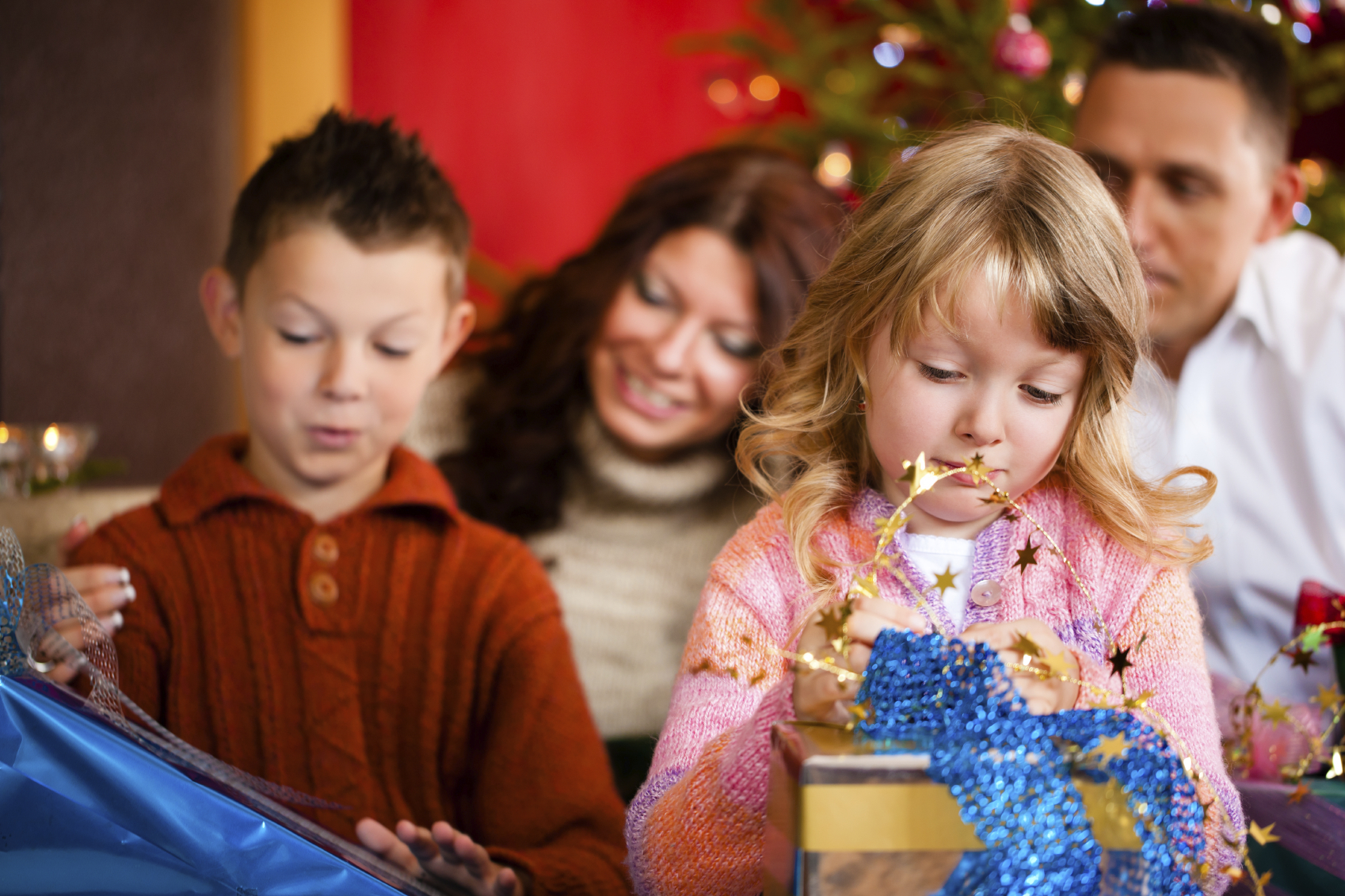
The average spend on each child per year is £177.
If parents were to invest that money in a children’s savings account, it would build up to £4,720 after 18 years.
Half of parents buy their children between six and 15 presents at Christmas, with those between 10 and 13 years old receiving £228 worth of gifts from their parents.
Unsurprisingly, one-year-olds have the least spent on them by parents — an average of £109.81.
One in six children save all their Christmas money, but the majority (44%) spend some and save some.
One in four children, however, spend all of their Christmas money at once.
Giles Martin, Head of Savings at Halifax, said: “Whilst of course most parents would not want to miss the look on their children’s faces when they come downstairs on Christmas morning to see what is waiting for them under the tree, this research shows just how much parents are spending each year on Christmas presents and how that builds up over the years.
“Even just saving a small amount for your child each year could be a nest egg that proves to be the ultimate Christmas present for the future.”
A cheque or an envelope of cash may not sound very “Christmassy”, but a quarter of parents believe that given a choice, children would prefer money over presents at Christmas.
When it comes to managing their cash, almost a fifth of children use their pocket money to buy Christmas presents for other people.
However, a similar proportion get their parents to buy Christmas presents for them to give to other people.
Research reveals that 75% of parents have savings accounts for all their children, up from 63% in 2014.
The average amount parents have in savings for each of their children is £1,291, up from £1,225 last year.
While the average amount children have in savings is increasing, this is significantly less than the potential total nest egg that parents could accumulate if they chose savings over presents.
According to parents, Welsh children are the most likely to want money at Christmas, with 36% of them expressing the preference.
They also receive the most money at Christmas from parents, friends and family at an average £162.
Children in the South East receive the least money — £104 on average.
Parents in the North East are most generous, spending £219 on presents per child, and parents in London spend the least on their children, buying presents worth £123 on average.
Children in London are the best savers, with almost a third of kids saving all of their Christmas money.
In the South West, 38% of children spend all of their Christmas money, more than any other region.
Children in the South East have the most in savings, with an average balance of £1,623.
Children in Yorkshire and Humber have the least in savings with a balance of £1,045 on average.
Money invested in a savings account could be a good Christmas present – click here to read more

Enjoy the convenience of having The Sunday Post delivered as a digital ePaper straight to your smartphone, tablet or computer.
Subscribe for only £5.49 a month and enjoy all the benefits of the printed paper as a digital replica.
Subscribe